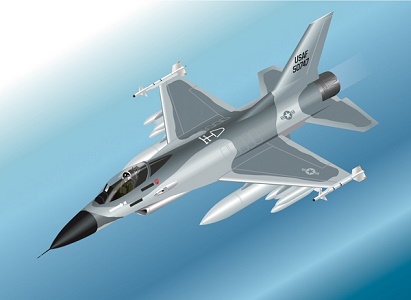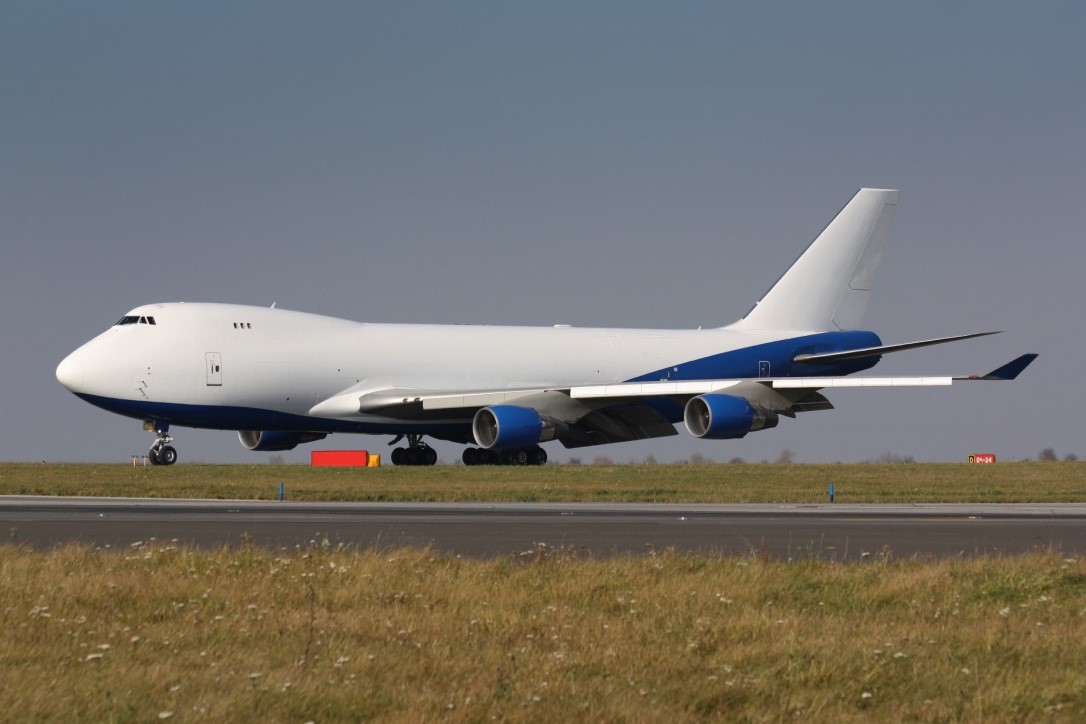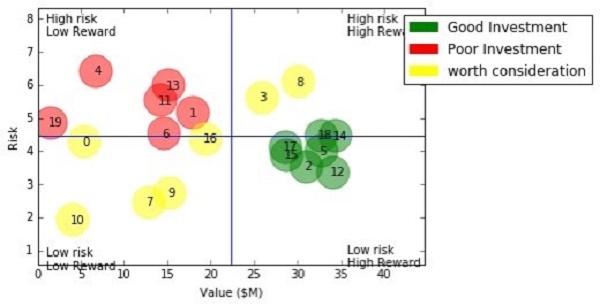Management needs to be agile to adopt agile.
Agile practices place unique challenges on management. Executives must bring their broad view of the business, including its needs, the competition, the pace of innovation, and product demand, to the task of managing Agile development.
Cutter’s Senior Consultants are experts in training management teams how to both meet the needs of the Agile development organization and pursue the strategic goals of the business. At the end of this two-day Agile Management session, your executives and managers will know how to balance empowerment with governance, align goals and metrics up and down the organization, and determine the exact amount of agility (or stability!) your organization needs to support its business objectives.
Is your company a jet fighter or a commercial airliner? Or, how Agile do you need to be?
 Jet fighters have sensors that constantly detect and react to changing conditions, enhancing their agility and enabling them to outmaneuver their enemy quickly and respond in a second to their pilot’s goal. Yet, jet fighters are aerodynamically unstable. If you remove their controls, they will crash.
Jet fighters have sensors that constantly detect and react to changing conditions, enhancing their agility and enabling them to outmaneuver their enemy quickly and respond in a second to their pilot’s goal. Yet, jet fighters are aerodynamically unstable. If you remove their controls, they will crash.
 Commercial airliners are designed for stability. If an engine fails, the plane can still fly. It has controls, but they are designed to keep the plane on course, even if the pilot falls asleep. It’s this stability that makes commercial airliners safe for passengers. Yet, these planes would be at a severe disadvantage in a dogfight.
Commercial airliners are designed for stability. If an engine fails, the plane can still fly. It has controls, but they are designed to keep the plane on course, even if the pilot falls asleep. It’s this stability that makes commercial airliners safe for passengers. Yet, these planes would be at a severe disadvantage in a dogfight.
Both jet fighters and commercial airliners are excellent for their intended purposes. They are designed to meet very specific requirements, beyond their primary goal of being able to fly. Development organizations also must ensure they’re supporting their organization’s unique mission. And Agile managers must help choose approaches that deliver the greatest premium for their organization’s market position — agility, stability, or something in between?
What is management’s role in creating a disciplined, responsive organization?
Managers need to be agile to adopt Agile. The old “plan your work, work your plan” motto doesn’t apply in an Agile adoption. Agile adoption itself needs to be managed as an ongoing process with sense and respond loops. Cutter’s two-day Agile Management training session provides your organization with a tailored Agile management process that prepares your executives and managers to:
- Decide how much Agile your organization needs
- Place Agile in a broader context
- Determine your current state of readiness to manage an Agile initiative
- Embrace and manage uncertainty
- Identify management techniques that will help you build and maintain an Agile enterprise
Day one of this session delivers an overview of modern management practices – Agile, lean, value stream, product flow, and lean startup – and introduces innovative approaches to measurement and alignment, sense and respond loops, and empowerment and governance. (Figure 1 illustrates the Agile Management practice of Quantitative Portfolio Management).

Day two of this session is a hands-on workshop where you begin your Agile journey. This is when your executives and managers roll up their sleeves and take part in exercises that assess your organization’s work-mix specification, determine the best organizational structure for your organization, identify work products and value streams, review current measures and data, and integrate goal setting.
What You'll Get:
Following this two-day workshop, your organization will receive:
- A report on your current state of readiness for moving to Agile
- An actionable plan for rolling out Agile management, and
- A tailored Agile roadmap, based on your organization’s Agility requirements
What's Next?
For more details on how Cutter's Agile experts can help you build a more agile, change-ready organization, send an email to your Cutter Account Executive, or call +1 781 648 8700.


